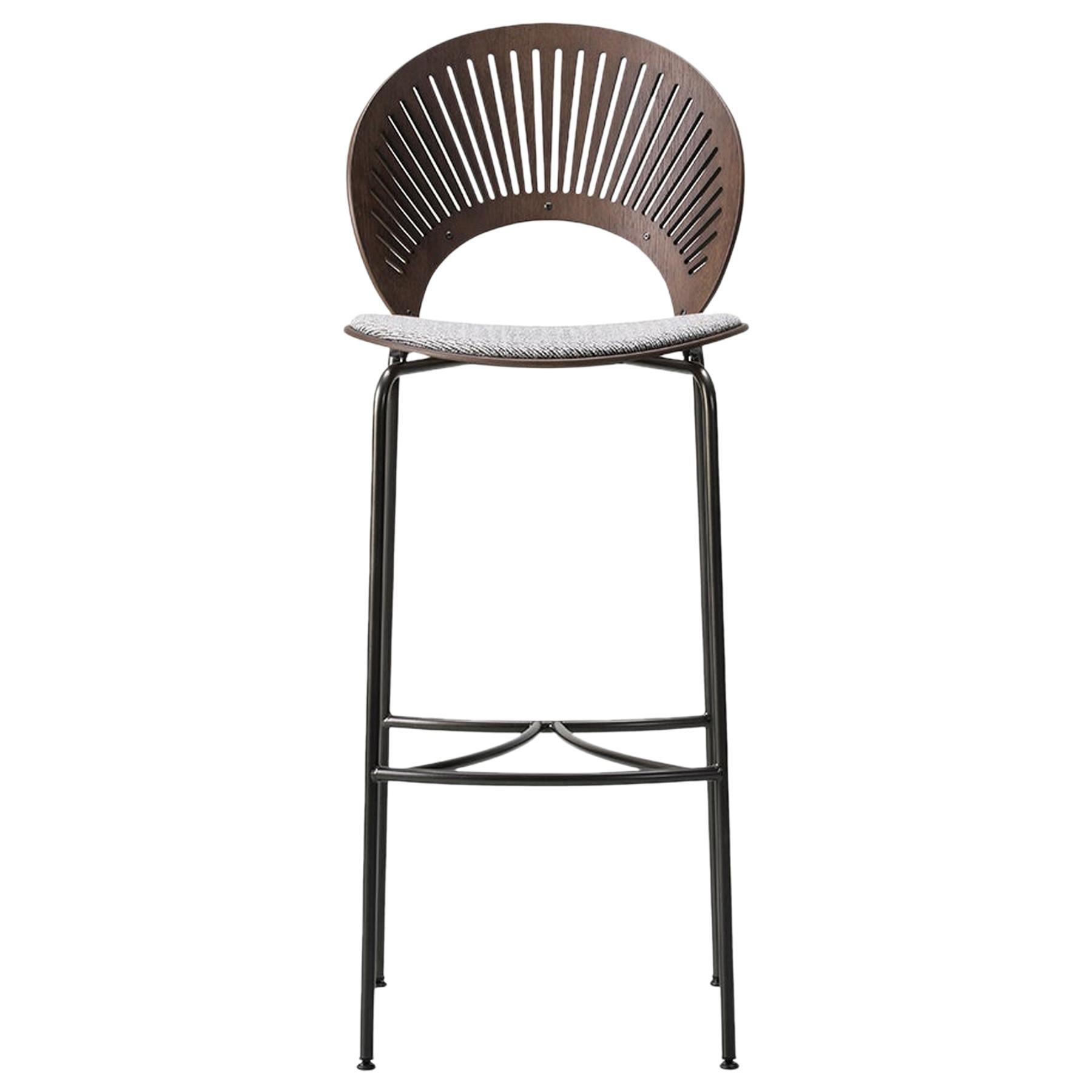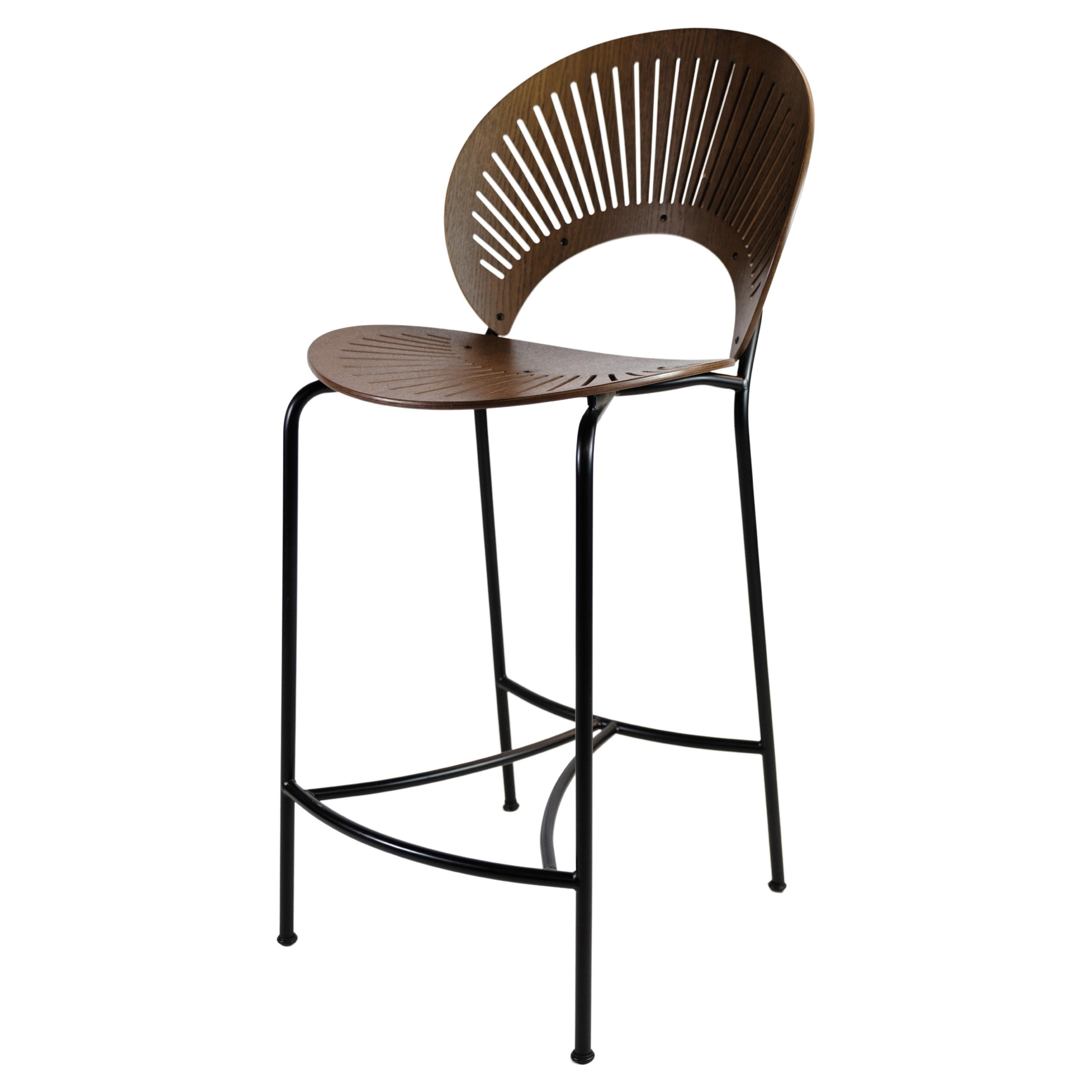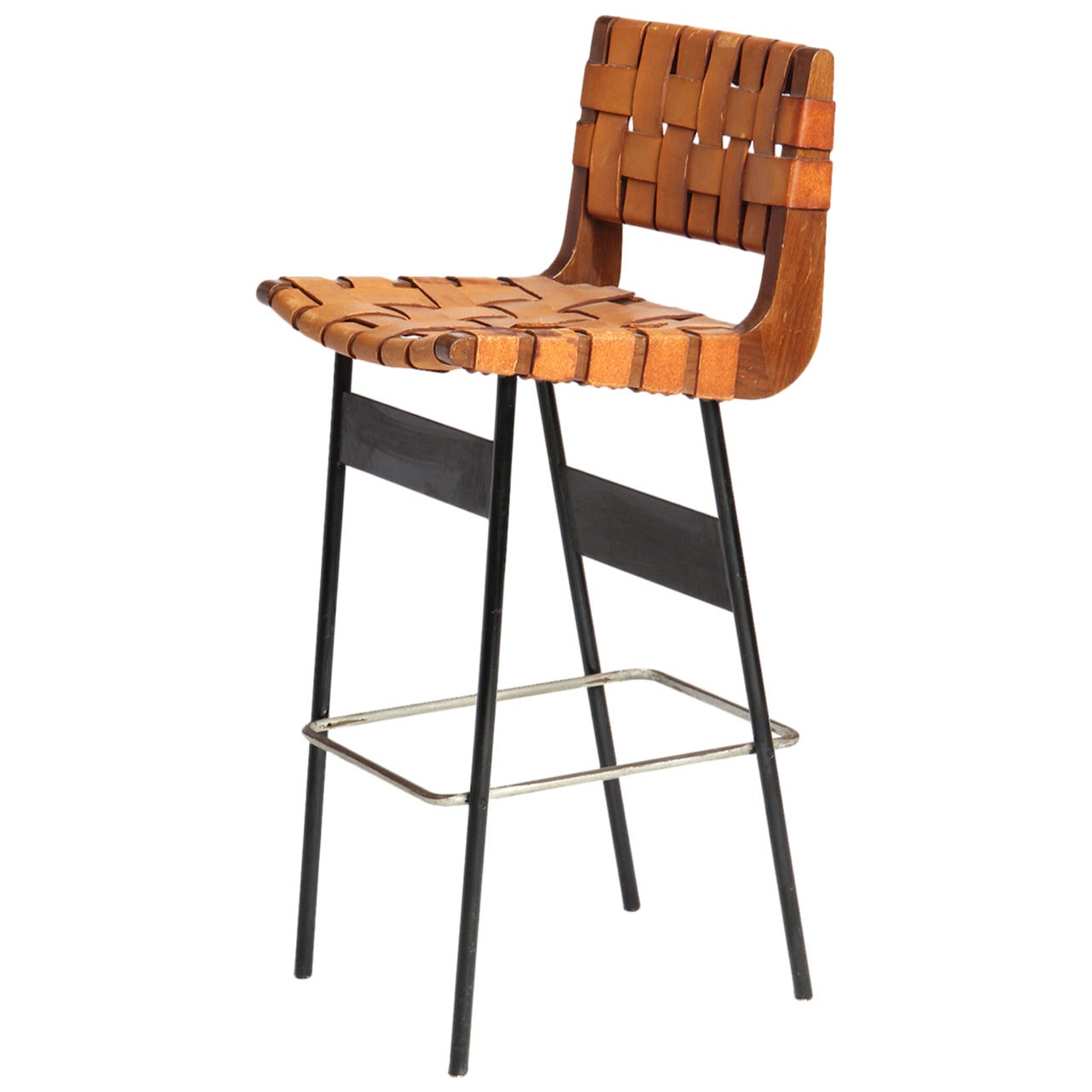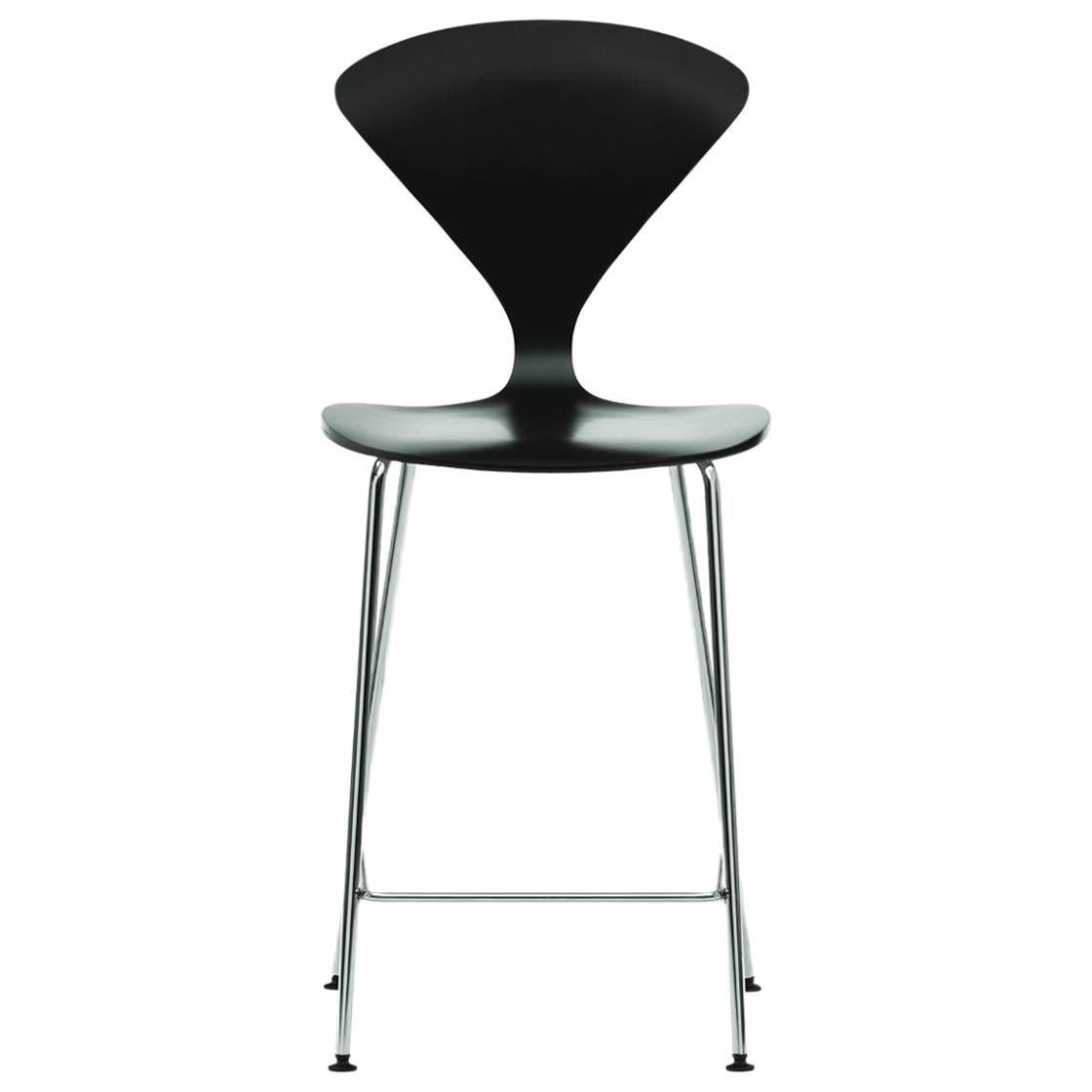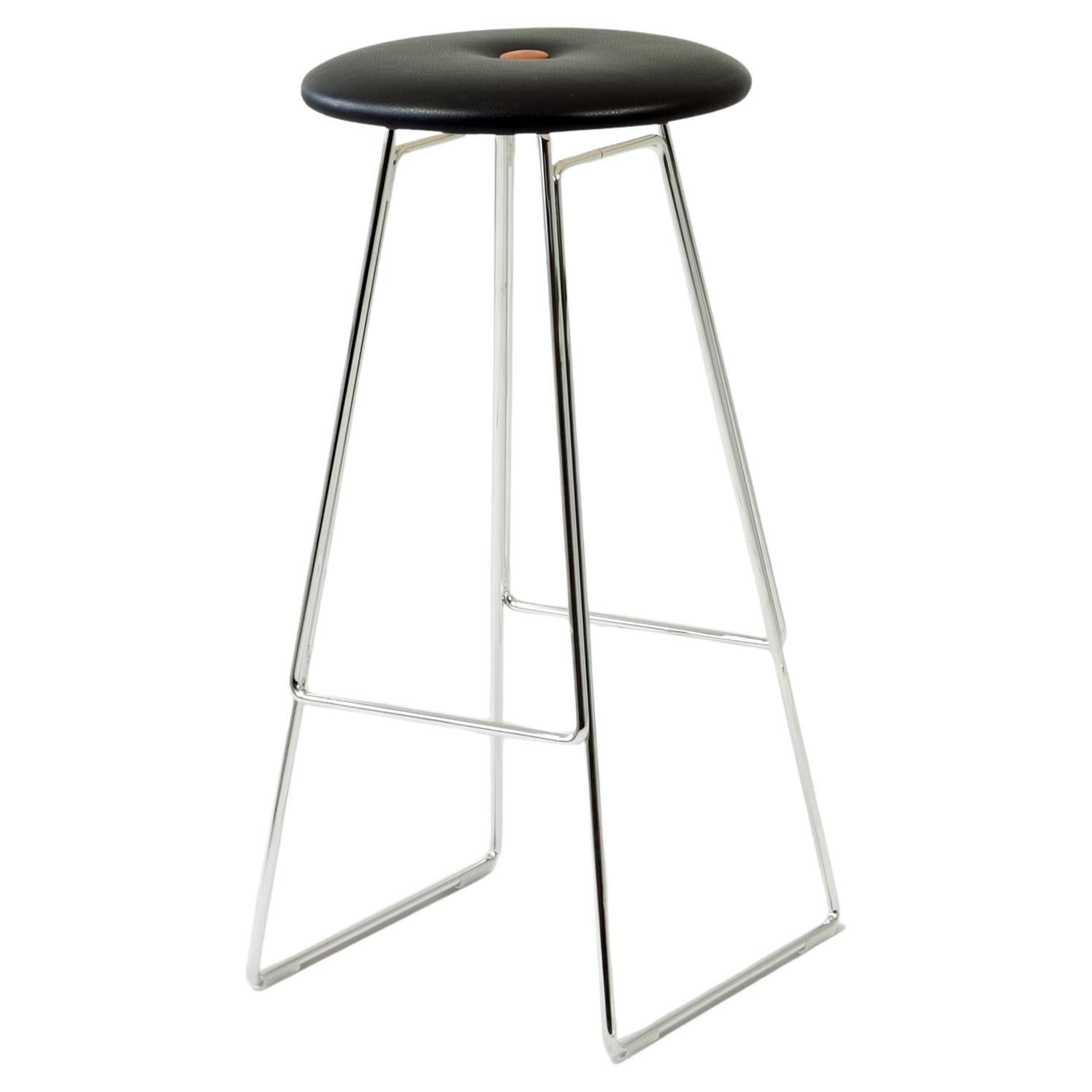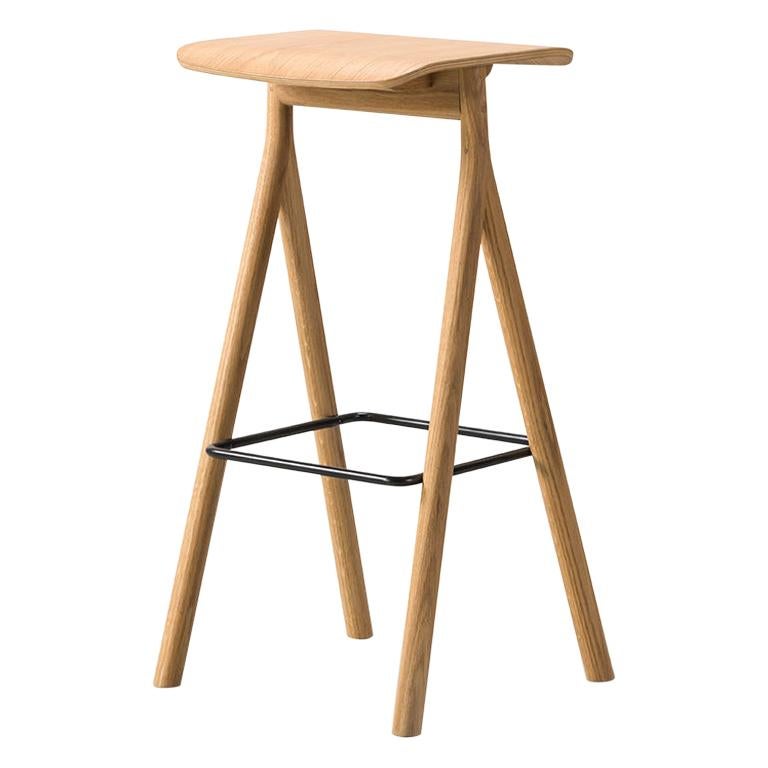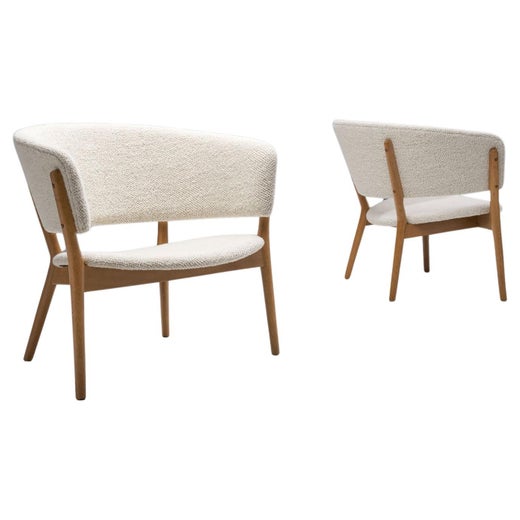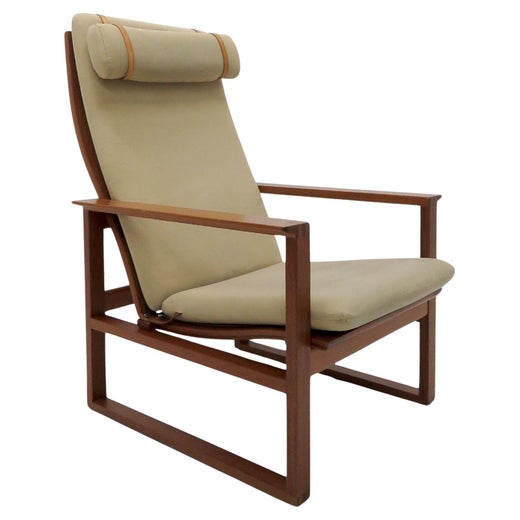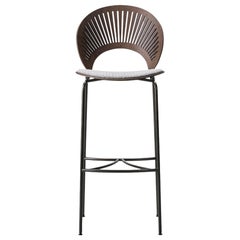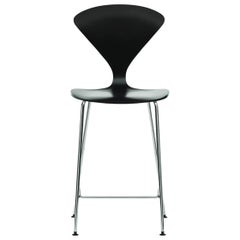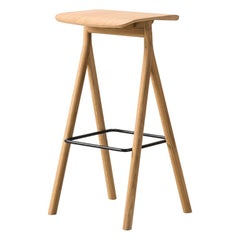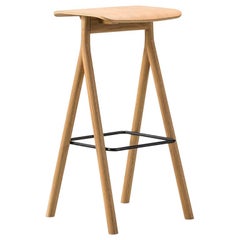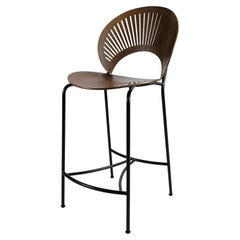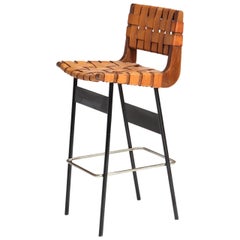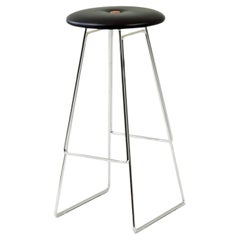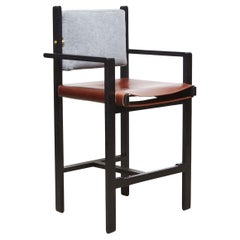Nanna Ditzel Trinidad Barstool
About the Item
- Creator:Fredericia (Manufacturer),Nanna Ditzel (Designer)
- Dimensions:Height: 44.29 in (112.5 cm)Width: 17.72 in (45.01 cm)Depth: 19.69 in (50.02 cm)Seat Height: 30.31 in (76.99 cm)
- Style:Mid-Century Modern (In the Style Of)
- Materials and Techniques:
- Place of Origin:
- Period:
- Date of Manufacture:2021
- Production Type:New & Custom(Current Production)
- Estimated Production Time:8-9 weeks
- Condition:
- Seller Location:Berkeley, CA
- Reference Number:1stDibs: LU1353223297302
Nanna Ditzel
Nanna Ditzel was the most versatile and creative female designer that Denmark produced in the 20th century. Ditzel brought her talents to bear on a staggering array of forms — she designed furniture, jewelry, tableware and textiles; and she shaped her pieces using an equally astonishing variety of materials, from wood and wicker to silver, ceramics and fiberglass.
Born in Copenhagen, she trained as a cabinetmaker at the Royal Academy's furniture school — overseen by the great craftsman of the day, Kaare Klint — and graduated in 1943. Ditzel’s early work adhered to the classic Danish modernist tenets of simplicity, comfort and quality, and her armchairs, with their softly curved backrests are much in the spirit of Hans Wegner. Ditzel’s signature piece of that time is her Ring chair. Designed along with her husband, Jørgen Ditzel, a fabric maker, the chair has a semicircular padded armrest that seems to embrace the sitter. Ditzel began designing in wicker and in 1959 produced the Hanging chair. The piece, suspended from the ceiling by a chain, became a favorite for fashion shoots and may be as iconic of the 1960s as Eero Aarnio’s plastic Ball chair of 1963.
In 1956, Ditzel began designing for the Danish silverware firm Georg Jensen. In an association that lasted some 40 years, Ditzel would create organically shaped jewelry, barware, ceramic tableware and even tablecloths. Like her fellow Dane Verner Panton, Ditzel was not afraid to embrace industrial materials, and she began designing fiberglass chairs in the mid-1960s. Some of her most flamboyant work came toward the end of her career, in pieces such as 1989’s Bench for Two, with its shocking Op-art finish, or the Trinidad chair of 1992, with it’s sunburst-like, cut-though backs. Such feats of creativity were a fitting coda to one of the most imaginative, prolific and remarkable women of modern design.
Fredericia
Since the early 20th century, Fredericia has manufactured alluring and sophisticated Scandinavian furniture produced with the highest standards of quality in mind. The Danish brand collaborates with today’s top design talent and over time partnered with celebrated mid-century modernists such as Hans Wegner, Arne Vodder, Jens Risom — a leading figure in Scandinavian design and Knoll’s first designer — and Nanna Ditzel, whose Hanging Egg chair for Sika was a favorite for flashy fashion shoots of the 1960s.
Fredericia was founded in 1911 by N.P. Ravnsø as the Fredericia Chair Factory. In 1930, with the idea of creating a range of durable furniture made in the traditional styles of the era, Fredericia secured a license to manufacture pieces for German company Thonet.
In 1955 Danish businessman Andreas Graversen acquired Fredericia. Graversen had previously established what would become a long-lived partnership with notable furniture designer Børge Mogensen, a former teaching assistant to pioneering architect and designer Kaare Klint. Graversen sought to introduce modern flourishes to traditional Scandinavian furniture design at Fredericia — and owing to his business savvy and vision, coupled with Mogensen's artistic sensibilities and deep understanding of organic materials, the company successfully debuted various furnishings designed in the Scandinavian modern style that are still coveted today.
Fredericia brought Mogensen's iconic Spanish chair to market in 1958. With its solid European oak frame, wide armrests and suspended saddle leather seat and backrest, this signature piece solidified Fredericia's standing in Denmark — and around the world — as a premier furniture company. Mogensen designed many renowned pieces during his career at Fredericia, including the practical, rustic Hunting chair.
After Mogensen's death in 1972, Fredericia continued to flourish as a manufacturer. The company continues to work with legendary designers — witness its impossibly innovative Stingray rocking chair, designed by Thomas Pedersen, for example — and in 2020 acquired the Erik Jørgensen furniture company. Fredericia is now owned by Graversen's son, Thomas Graversen.
On 1stDibs, explore a range of vintage Fredericia seating, storage pieces and tables.
- ShippingRetrieving quote...Shipping from: Berkeley, CA
- Return Policy
More From This Seller
View All21st Century and Contemporary American Mid-Century Modern Stools
Oak
21st Century and Contemporary American Mid-Century Modern Stools
Walnut
21st Century and Contemporary American Mid-Century Modern Stools
Oak
21st Century and Contemporary American Mid-Century Modern Stools
Oak
21st Century and Contemporary American Mid-Century Modern Chairs
Oak
21st Century and Contemporary American Mid-Century Modern Chairs
Oak
You May Also Like
2010s Danish Mid-Century Modern Chairs
Oak
Vintage 1940s American Mid-Century Modern Stools
Steel
2010s Danish Mid-Century Modern Stools
Chrome
2010s American Mid-Century Modern Stools
Brass
2010s Mexican Mid-Century Modern Stools
Leather, Fabric, Oak, Walnut
Vintage 1960s Danish Scandinavian Modern Stools
Chrome
